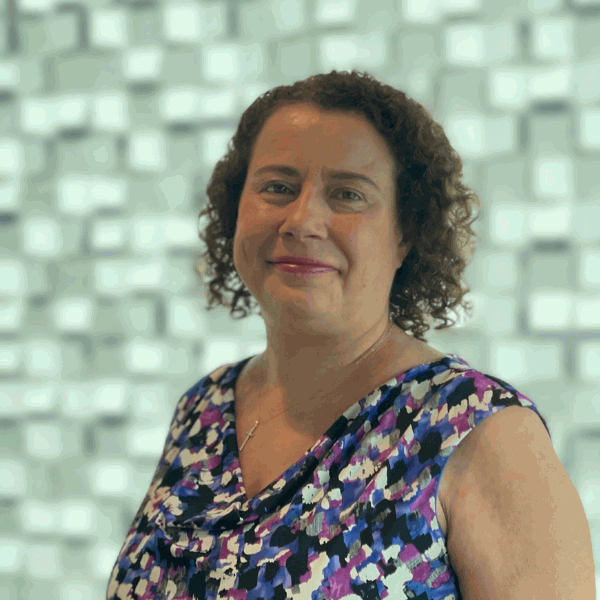Public Guardian issues new guidance note on family care payments
The Public Guardian has issued a new guidance note on the hot topic of family care. There have been several cases before the Court of Protection recently about gratuitous care payments.
These care arrangements arise most often when somebody has been injured and the family are caring for them but they do arise in other situations as well. They are characterised by there being no contractual relationship but rather care is provided because of natural love and affection. There are not formal arrangements about hours, job descriptions etc.
These payments have long been free of tax and National Insurance provided HMRC are notified.
We know from the case of HC that the commercial rate less 20% because the payment is not taxable is the starting point for the Court of Protection setting care payments (please see our previous post on the HC case here). In order to quantify the commercial rate sometimes the Court will need evidence from a professional, such as the brain injury case manager in the case of HNL.
What’s changed?
Professional deputies are able to set support payments but lay deputies will need to get approval from the Court. Although it is not clear, I would have thought that where a professional and a lay deputy are appointed jointly, the professional would be able to come to a view as to what the lay deputy ought to be paid and if there is any uncertainty then a Court application can always be made.
What to take into account
The OPG state that the care must be required to meet the client’s needs and of a good standard. If there is any doubt then Social Services will be able to do a care assessment though in practice they can be very slow at doing these.
Where there is a claim for damages, the level of care recommended by experts in the claim will be relevant. Of course, the affordability of the care must be considered very carefully and the payments must properly reflect what the carer is doing. There should be some evidence of how the care payment is calculated in relation to the care provided and if the client is a young child, deputies are instructed to look at whether the care is over and above what the carer parent would normally be expected to give.
The OPG is clear that temporary interruptions, for example a person going into hospital, do not mean the payments need to stop but long term changes in living arrangements might change a payment. Many family carers report that they have to do just as much, if not more, when the client is in hospital because the hospital is not able to cope with their family member’s needs and they need to be around to make sure they are getting appropriate care.
Payments need to represent a saving on the cost of professional care and should take into account any other contributions the client makes towards the running of the household and bills etc. Payments might need to be adjusted down if the carer is living rent free, for example. Payments also need to take into account the overall situation, for example whether anyone loses employment. Consultation with the carer and other family members is important.
Calculating Payments
There are three ways for a deputy to approach the payment calculation.
The first is to ask the family what allowance would be needed and to see if that amount is affordable. The second is to take the approach in HC and calculate the commercial value of care less 20%. The third is to calculate what the client can afford when the estate is limited.
The guidance is clear that unless the circumstances are most exceptional, the payment should not be calculated at the level of the carer’s previous earnings.
The guidance note also confirms that when applying the different factors and taking into account affordability, payments can vary very widely, even for two carers providing substantially the same amount of care but in different family settings.
Index linking of payments to ASHE, the Annual Survey of Hours and Earnings, is accepted and the note mentions that this index has not actually gone up very much. The specific indices are ASHE 6145 for care workers and ASHE 6146 for senior care workers.
The frequency of payments is flexible and can be weekly, monthly or as an annual lump sum.
Deputies should keep these payments under regular review to make sure they are still appropriate and affordable. Changes in the carers’ situation, the client’s situation and the client’s funding could mean that payments need to change.
As always, it is good practice to keep records including a checklist on the client file to show how a decision about the level of payment was reached.
Further reading: Court of Protection approves £23,000 per year payment for gratuitous care



